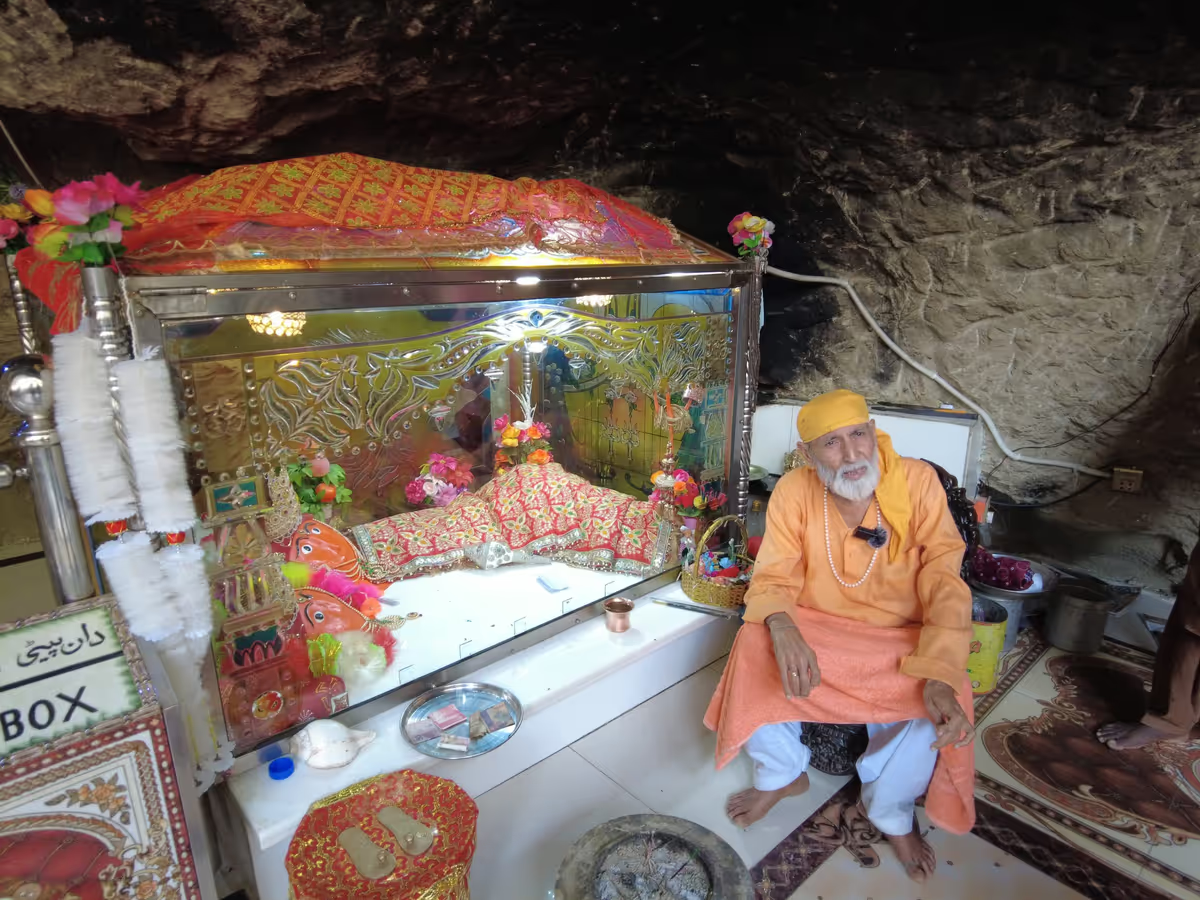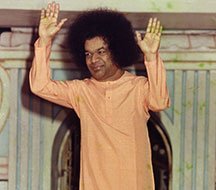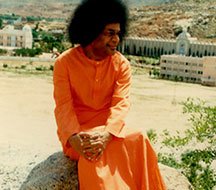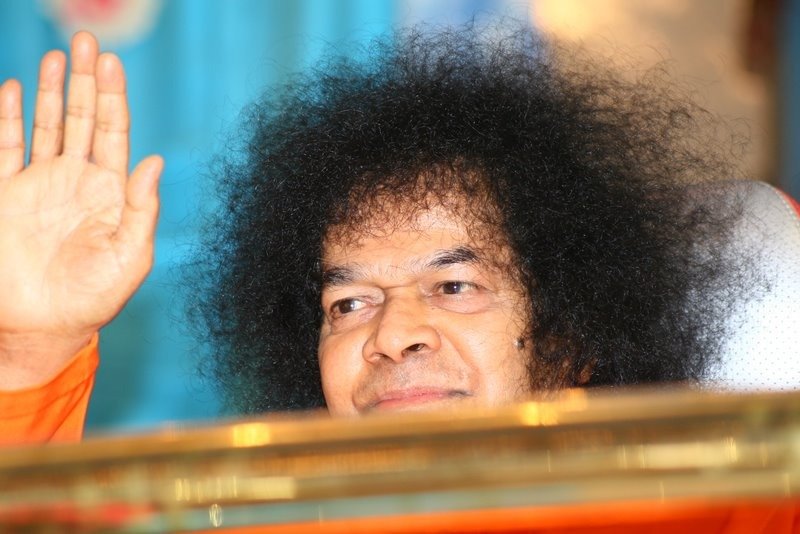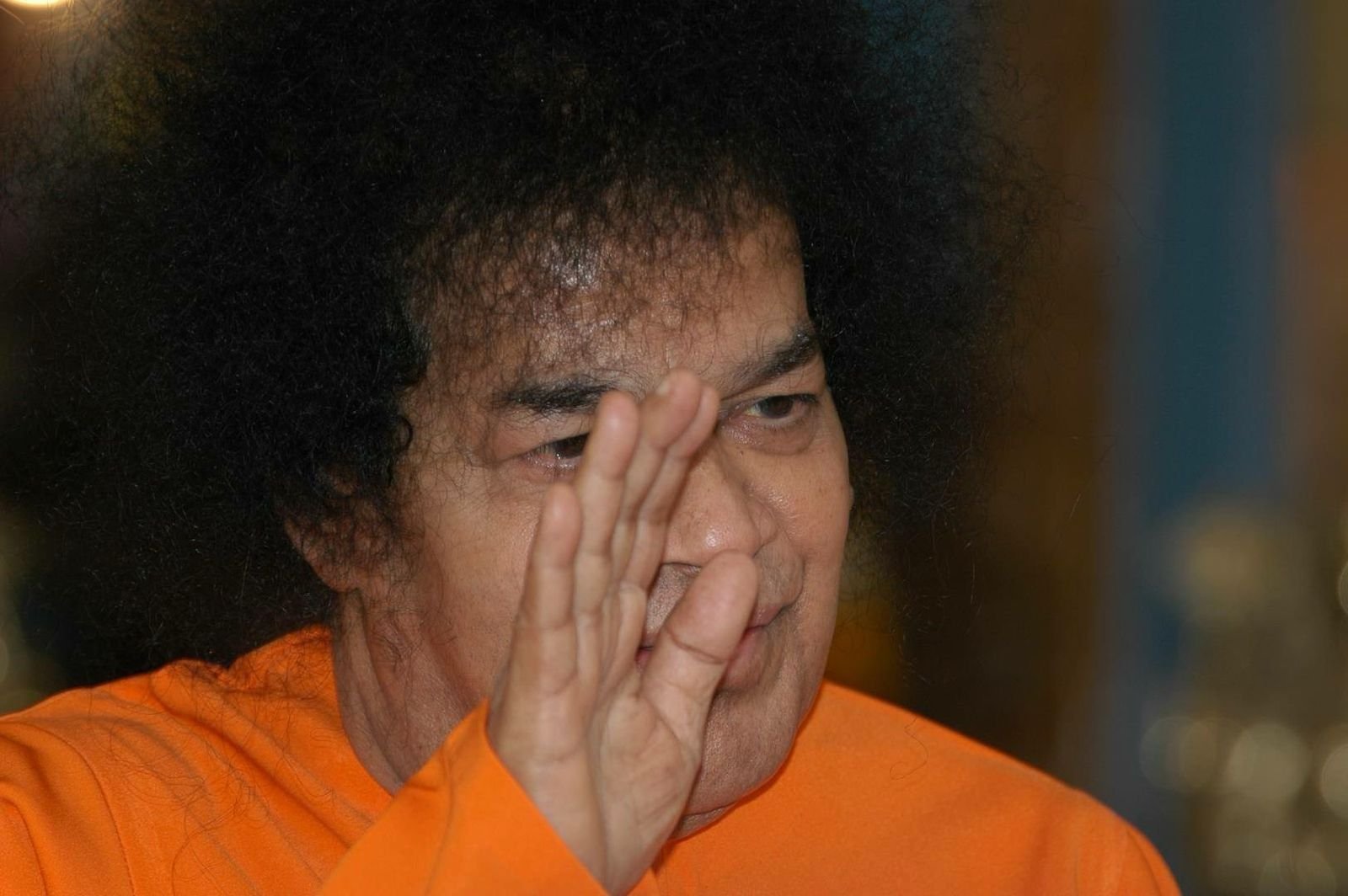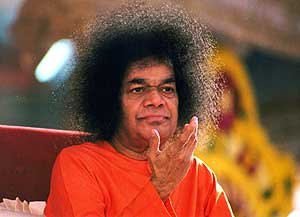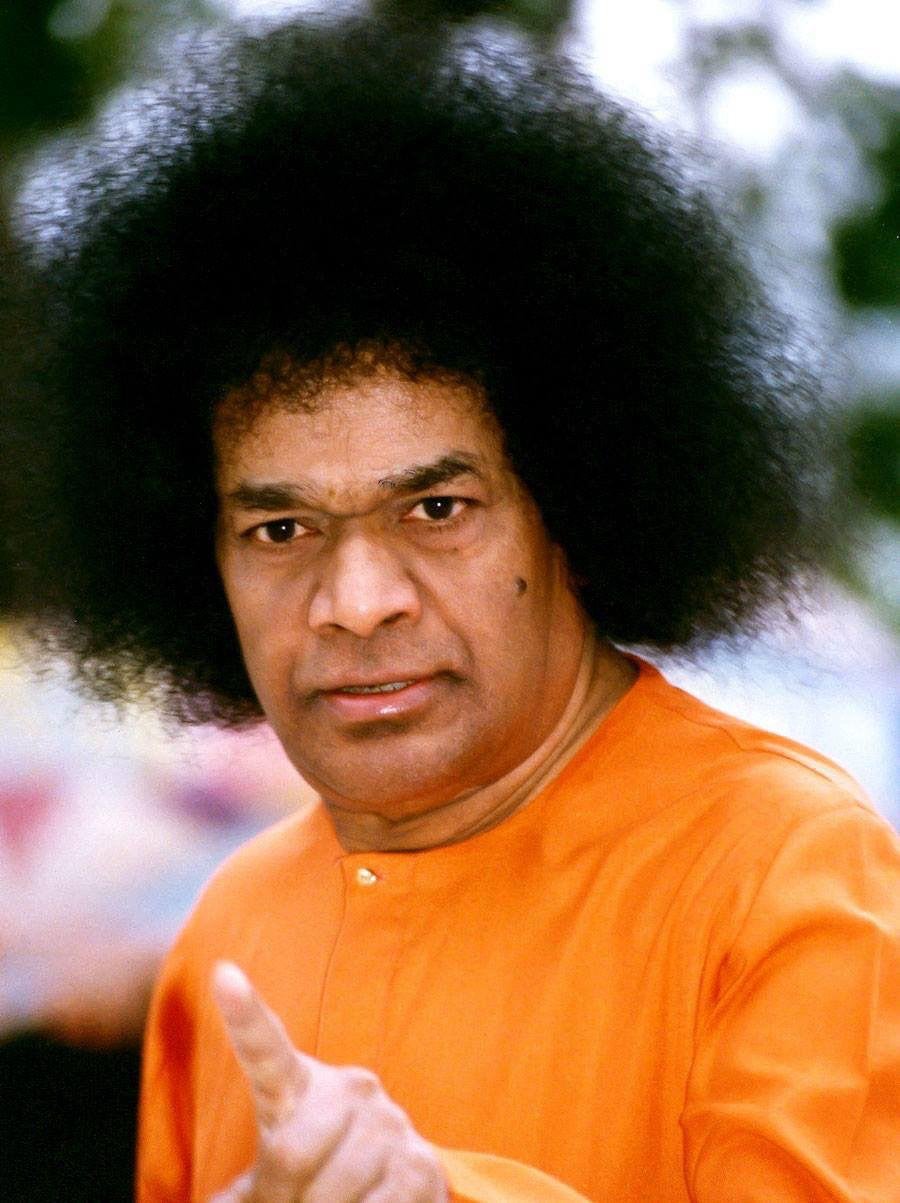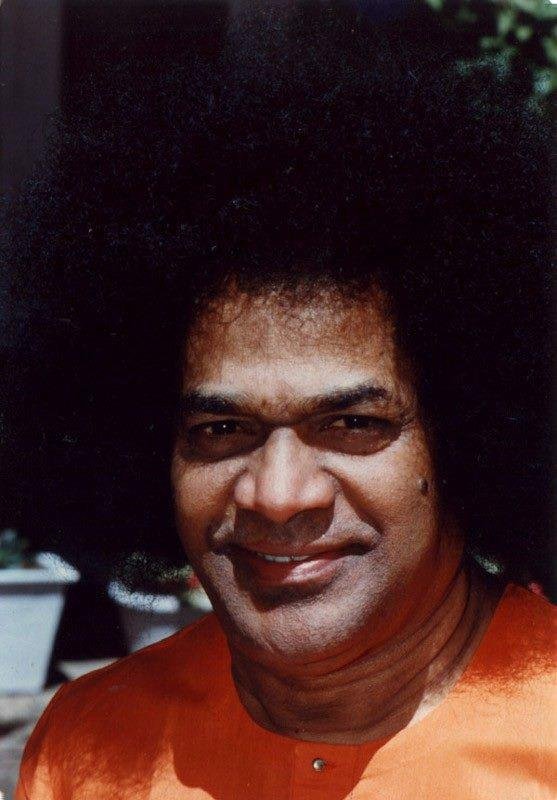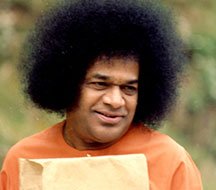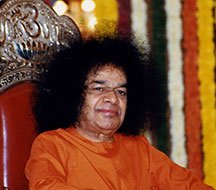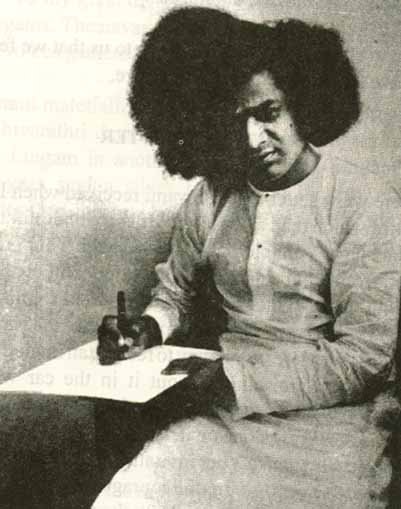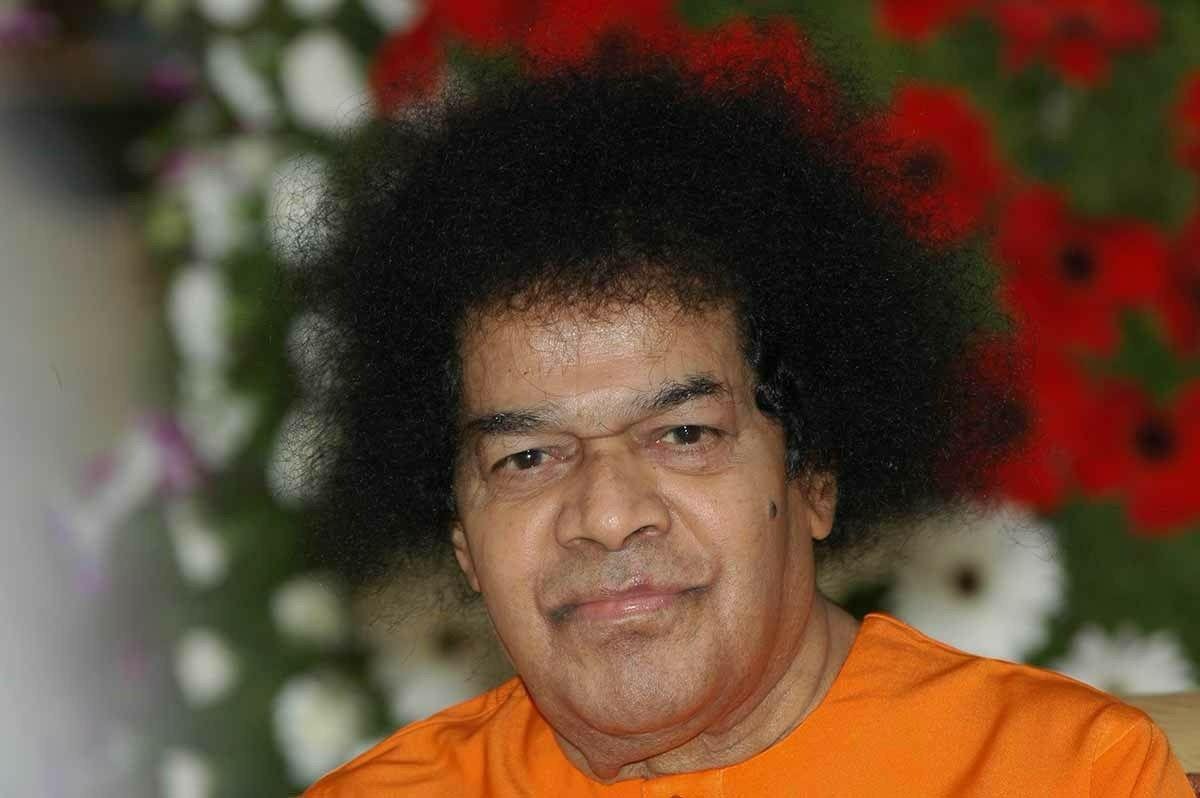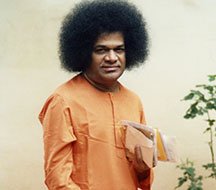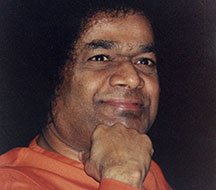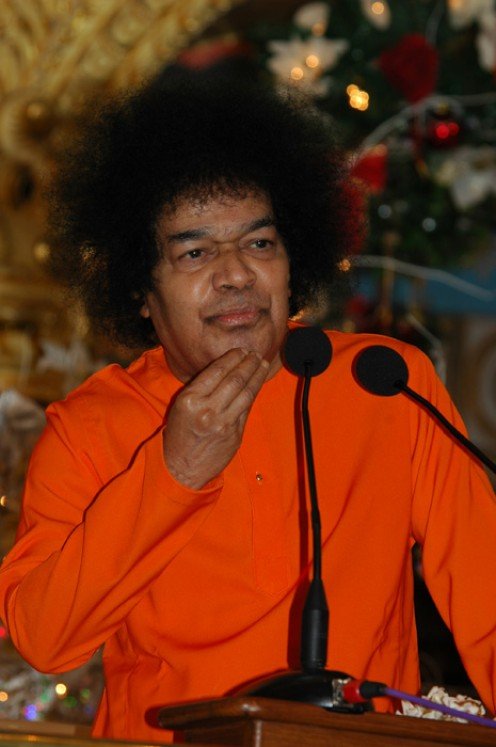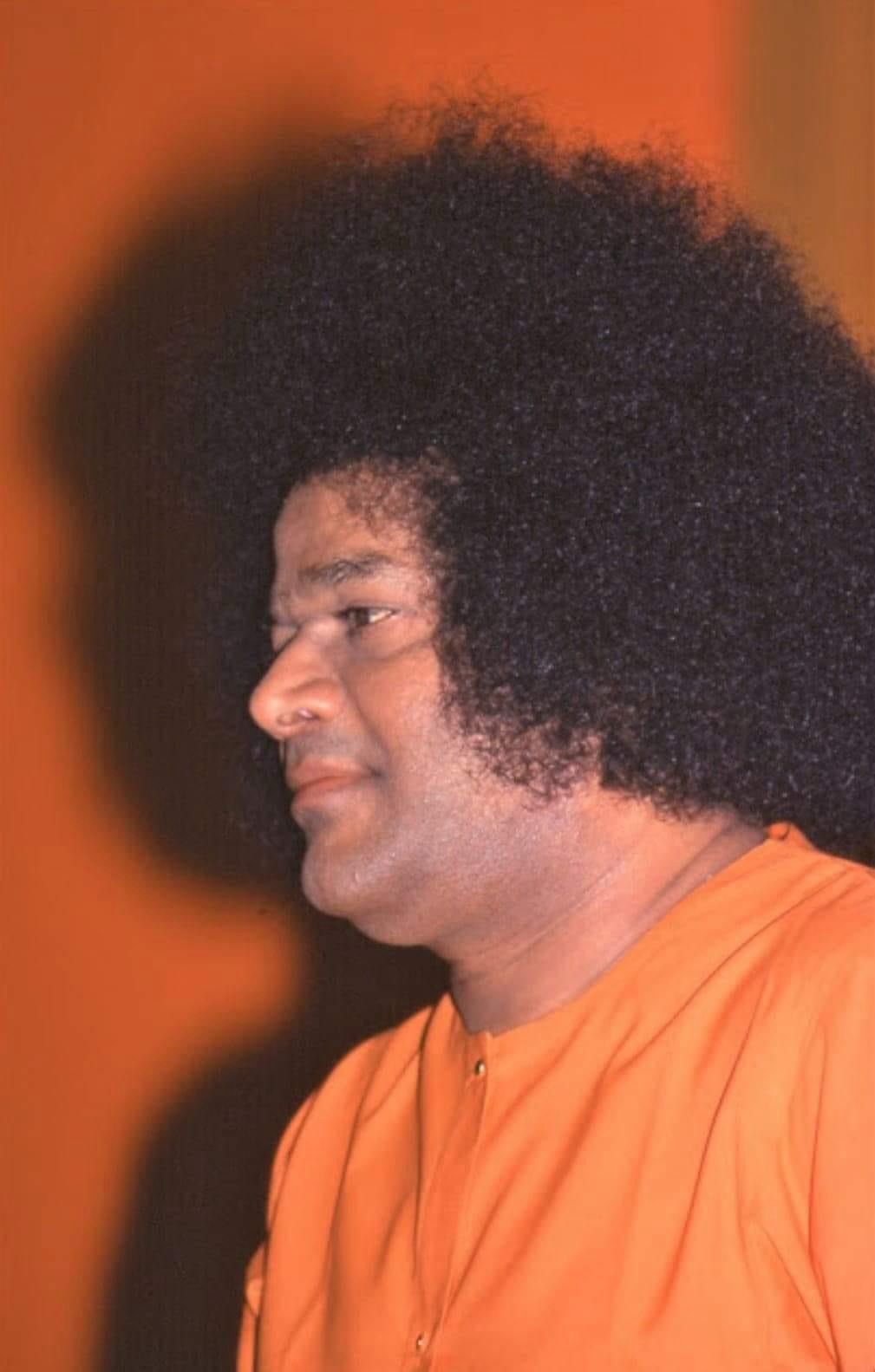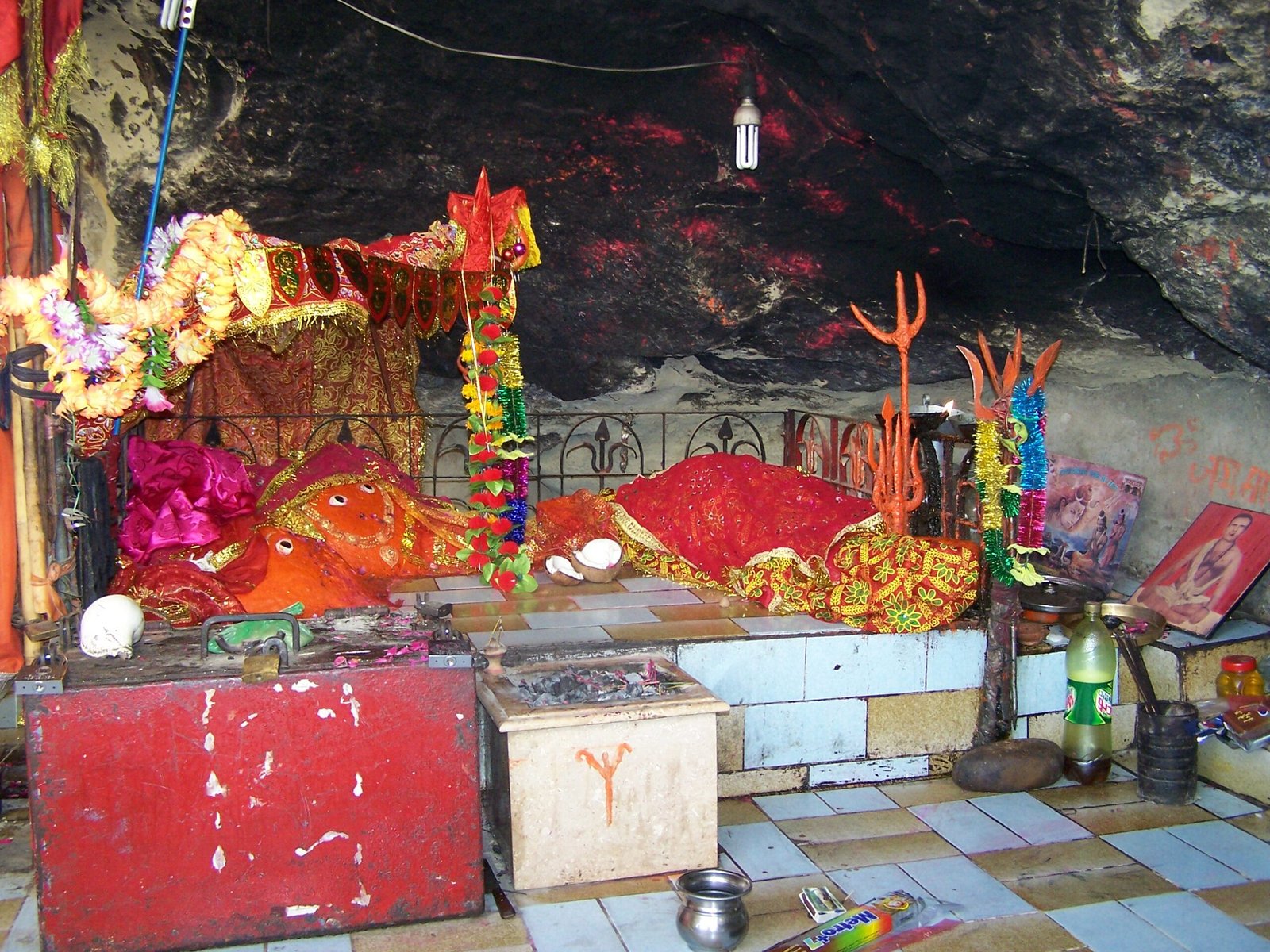
The Shri Hinglaj Temple is considered one of the holiest places of worship for Hindus, especially those who follow the Shakti cult. The temple has become a significant pilgrimage site, drawing thousands of devotees annually who come to seek the blessings of Goddess Hinglaj for protection, strength, and fulfillment of wishes.

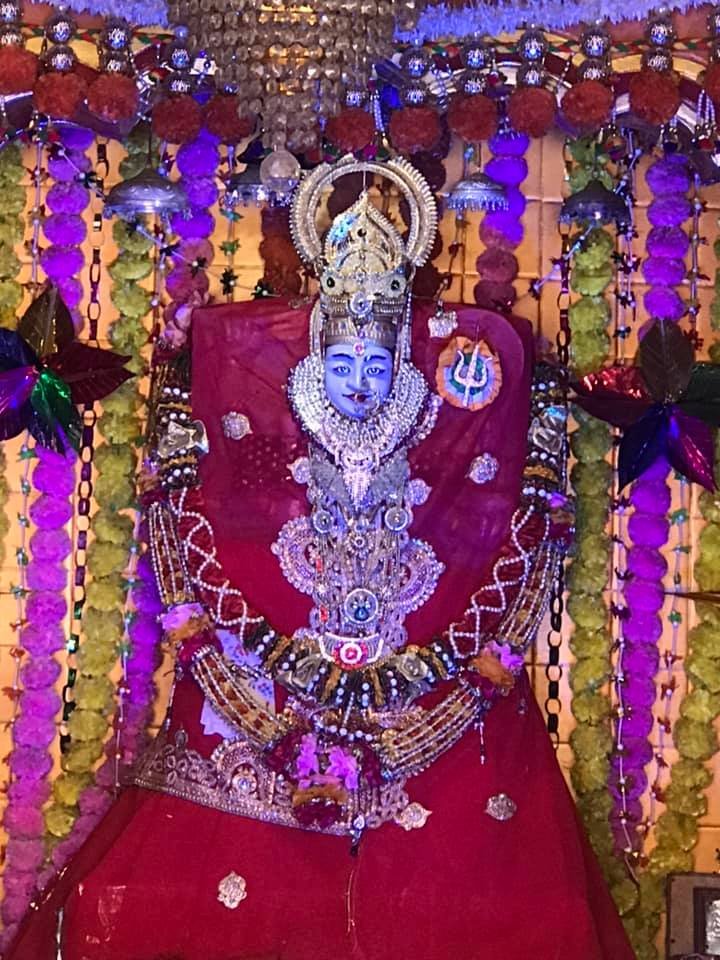

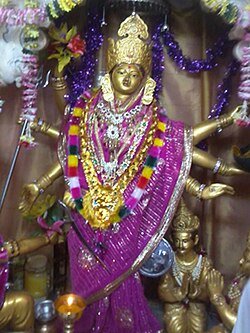

Architecture of Shri Hinglaj Temple


The architecture of the Shri Hinglaj Temple is relatively simple yet magnificent, given its remote location and the rugged terrain. The temple complex is built into the hills and consists of several shrines dedicated to different forms of Goddess Shakti.
The central shrine houses the idol of Goddess Hinglaj, which is a natural rock formation that is worshipped as the Goddess’s symbolic presence. The deity is often adorned with flowers, garlands, and offerings from devotees. The temple has a small courtyard and a sacred well, adding to its spiritual significance.
The temple is built in a cave-like structure within the Hingol National Park, which makes it stand out for its rugged and natural setting. Its secluded location adds a sense of mysticism, making the pilgrimage to the temple even more sacred.
How to Reach Shri Hinglaj Temple
- Reaching Shri Hinglaj Temple requires determination, as it is located in a remote area within the Hingol National Park in Balochistan, Pakistan. Here are the main ways to access the temple:
- By Road: The temple is about 120 km from Karachi, the nearest major city. You can travel by car or hire a jeep from Karachi. The road journey itself is quite scenic but challenging due to the hilly terrain.
- By Foot: Many pilgrims undertake a long and challenging journey to the temple on foot, walking through desert landscapes, coastal regions, and mountainous terrains as part of their spiritual pilgrimage.
- By Air: The nearest major airport is Karachi Airport, from where you can hire a car or jeep to reach the temple.
Temple Timings
